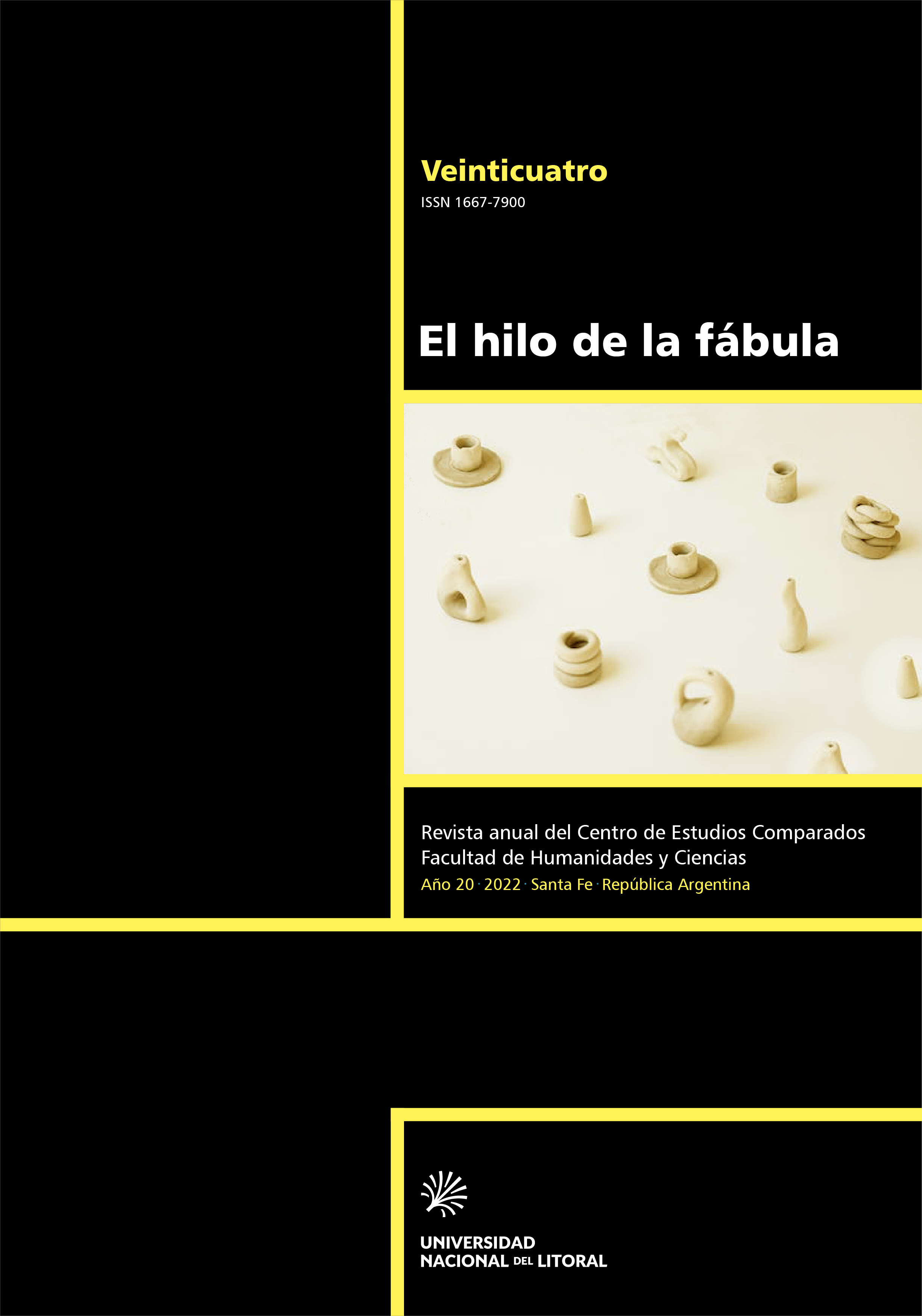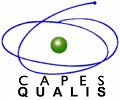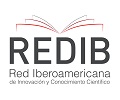Methodological and Theoretical Problems for a New Translation of the Iliad
DOI:
https://doi.org/10.14409/hf.20.24.e0018Keywords:
Homer, Iliad, translation, epic language, oral poetryAbstract
The aim of this article is twofold: to demonstrate the need for a new translation of the Iliad based on an analysis of the available translations characteristics, and to present some strategies for the new translation used in the iliada.com.ar project.The former is achieved by taking into consideration not only the translation criteria used by contemporary authors, on which brief comparative analysis is made, but also the modes of circulation and the methodology of work in these publications. The reached conclusion is that the main deficiency of contemporary translations lies in the non-construction of a specific language to translate the Homeric and, therefore, the second part of the article presents the main strategies used in our project to achieve this goal.
References
Abritta, Alejandro (2019) Problemas de traducción homérica: la repetición como técnica narrativa. V Jornadas Interdisciplinarias de Jóvenes Investigadores de la Antigüedad Grecolatina, Universidad de Buenos Aires. Disponible en https://ubacyttorres.files.wordpress.com/2021/06/abritta-problemas-de-traduccion-homerica.-la-repeticion-como-tecnica-narrativa.docx.
Abritta, Alejandro (2020) Problemas de traducción homérica: la partícula δή. Jornada Virtual de Estudios sobre la Antigüedad: “Maneras de pensar y maneras de actuar en el mundo antiguo”, Universidad Nacional de Lomas de Zamora. Disponible en https://ubacyttorres.files.wordpress.com/2021/06/abritta-problemas-de-traduccion-homerica.-la-particula-ceb4e1bdb5-1.docx.
Abritta, Alejandro (en prensa) Problemas de traducción homérica. Las partículas ἄρα y δή. En Lexis. Adolf M. Hakkert Editore.
Abritta, Alejandro et al. (2021). Ilíada: Canto 1. Traducción comentada. Tercera edición, ampliada y corregida. iliada.com.ar.
Abritta, Alejandro et al. (2022). Ilíada: Canto 22. Texto bilingüe comentado. iliada.com.ar.
Abritta, Alejandro et al. (versión provisoria) Ilíada: Canto 16. Texto bilingüe comentado. iliada.com.ar.
Bakker, Egbert. J. (1997). Poetry in Speech. Orality and Homeric Discourse. Cornell University Press.
Boase-Beier, Jean. (2014). Stylistic Approaches to Translation. Routledge.
Bonifaz Nuño, Rubén (2005). Homero. Ilíada. UNAM.
Bonifazi, Anna, Drummen, A Annemieke y de Kreij, Mark (2016). Particles in Ancient Greek Discourse: Five Volumes Exploring Particle Use across Genres. Center for Hellenic Studies.
Celis-Mendoza, Martha (2019). La traducción colectiva como proceso o producto. Reflexiones sobre el trabajo en colaboración a partir de casos de estudio concretos. En Mutatis Mutandis, 12, pp. 540-558. Universidad de Antioquia.
Crespo Güemes, Emilio (1991). Homero. Ilíada. Gredos.
Crespo Güemes, Emilio y Piqué, Jorge (2013). «Las traducciones de Homero en América Latina», en Maquieira, H. y Fernández, C. N. (eds.) Tradición y traducción clásicas en América Latina. UNLP, FaHCE, pp. 349-432.
Denniston, John Dewar (1954). The Greek Particles. Oxford University Press.
García Blanco, José, y Macía Aparicio, Luis Miguel (2014). Homero. Ilíada, vol. 1: Cantos I-III. Reimpresión. Consejo Superior de Investigaciones Científicas.
García Blanco, José, y Macía Aparicio, Luis Miguel (2019). Homero. Ilíada, vol. 2: Cantos IV-IX. Consejo Superior de Investigaciones Científicas.
Guatelli-Tedeschi, Joëlle (2011). Contextos y textos en traducción poética colectiva. Traducir la voz lírica en la Lomonosov (UEM). En Estudios Traductología, 10, pp. 91-106. Universidad de Granada.
Gutt, Ernst-August (2000). Translation and Relevance. Routledge.
Gutt, Ernst-August (2005). On the Significance of the Cognitive Core of Translation. En The Translator, 11, pp. 25-49. Taylor & Francis.
Higbie, Carolin (1990) Measure and Music. Enjambement and Sentence Structure in the Iliad. Clarendon Press.
Hualde Pascual, Pilar (1999). «Valoración de las traducciones de Homero en los siglos XIX y XX en España e Iberoamérica: de Hermosilla a Leconte de Lisle», en Contemporaneidad de los clásicos en el umbral del tercer milenio: Actas del Congreso Internacional La tradición grecolatina ante el siglo XXI. Universidad de Murcia, pp. 369-377.
Hurtado Albir, Amparo (2011) Traducción y traductología. Introducción a la traductología. 5ª edición revisada. Cátedra.
Jensen, Minna Skafte. (2011). Writing Homer. A study based on results from modern fieldwork. The Royal Danish Academy of Sciences and Letters.
Kissami Mbarki, Ahmed (2019). Estrategias y análisis de la traducción en base a la traducción colectiva. Entreculturas, 10, pp. 93-103. Universidad de Málaga.
Li, Ziyou, y Cheng, Yan (2014). From Free to Fee: Exploring the Antecedents of Consumer Intention to Switch to Paid Online Content. En Journal of Electronic Commerce Research, 15, 281-299. College of Business - California State University Long Beach.
Macía Aparicio, Luis Miguel (2013). Homero. Ilíada, vol. 3: Cantos X-XVII. 2º ed. revisada. Consejo Superior de Investigaciones Científicas.
Macía Aparicio, Luis Miguel y de la Villa Polo, Jesús (2013). Homero. Ilíada, vol. 4: Cantos XVIII-XXIV. Consejo Superior de Investigaciones Científicas.
Maquieira, Helena (2013). «La traducción de las partículas en las traducciones de la Ilíada de Lugones, Mestre y Bonifaz» en Maquieira, H. y Fernández, C. N. (eds.) Tradición y traducción clásicas en América Latina. UNLP, FaHCE, pp. 275-308.
Martínez García, Óscar (2013). Homero. Ilíada. Alianza.
Notopoulos, James A. (1949). Parataxis in Homer: A New Approach to Homeric Literary Criticism. En TAPA, 80, 1-23. The Johns Hopkins University Press.
Pérez, Francisco Javier (2012). Homero. Ilíada. Abada.
Reyes, Graciela (2008) Cómo escribir bien en español. Manual de redacción. 6ª edición. Arco.
Shipp, G. P. (1972) Studies in the Language of Homer. 2ª edición. Cambridge University Press.
Van Emde Boas, Evert (2004) Clusters of Hapax Legomena: An Examination of Hapax-dense Passages in the Iliad, Diss., University of Amsterdam.
Published
How to Cite
Issue
Section
License
Copyright (c) 2022 El Hilo de la Fabula

This work is licensed under a Creative Commons Attribution-NonCommercial-ShareAlike 4.0 International License.












